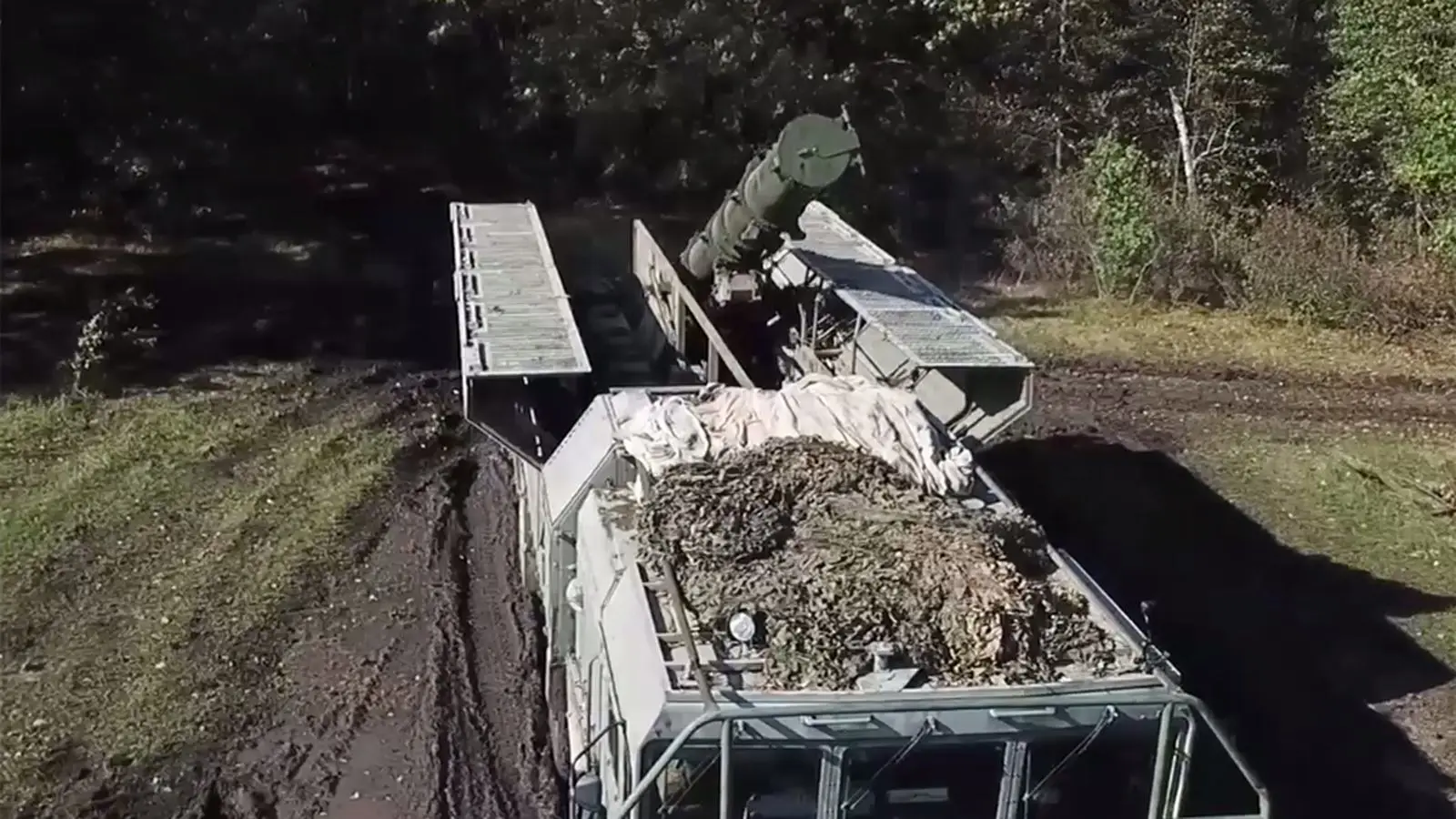Zapad-2025 Exercises Highlight Kaliningrad Defense and Nuclear Readiness


Zapad-2025 drills involved 100,000 troops, Iskander-M mock launches, and counteroffensive scenarios, signaling Russia’s resolve to defend Kaliningrad Region.
The large-scale Russian-Belarusian exercises «Zapad-2025» have wrapped up, with military analysts describing them as more than just training — a direct signal to the West about readiness to defend the Kaliningrad Region.
The maneuvers lasted five days and became some of the most extensive in recent years: more than 100,000 troops and over 10,000 pieces of equipment were deployed across 41 training ranges in Russia and Belarus. The exercises took place on land, in the air, and at sea — including the Baltic Sea and the Arctic, which experts note is increasingly seen as a potential zone of confrontation with NATO.
What set Zapad-2025 apart from earlier drills was the active integration of combat experience gained during the Special Military Operation. Troops practiced assault operations using motorcycles, buggies, and quad bikes, along with the mass employment of drones for reconnaissance and strike missions. Among the equipment demonstrated was the new all-terrain vehicle «Ulan," designed as a simple and cost-effective solution for assault groups and casualty evacuation.
Particular attention was given to the Kaliningrad Region, described by experts as a key stronghold of the Union State. The scenario simulated a response to a massive NATO attack, with Russian and Belarusian forces rehearsing a transition from defense to counteroffensive operations.
A critical part of the drills was the simulation of non-strategic nuclear weapons use. Iskander-M missile systems with mock warheads of up to 50 kilotons were used in electronic launches, with trajectory calculations and authorization conducted through Russia’s National Defense Management Center. Belarusian missile officers also took part, and coordination was practiced with Tu-22M3 long-range bombers.
Beyond the military display, Zapad-2025 served as a platform for sharing experience. Russian forces showcased tactical solutions developed during the Special Military Operation. Notably, India sent a group of officers to observe and participate, judging that the expected negative reaction from the West was a price worth paying for access to valuable combat know-how and closer military cooperation.